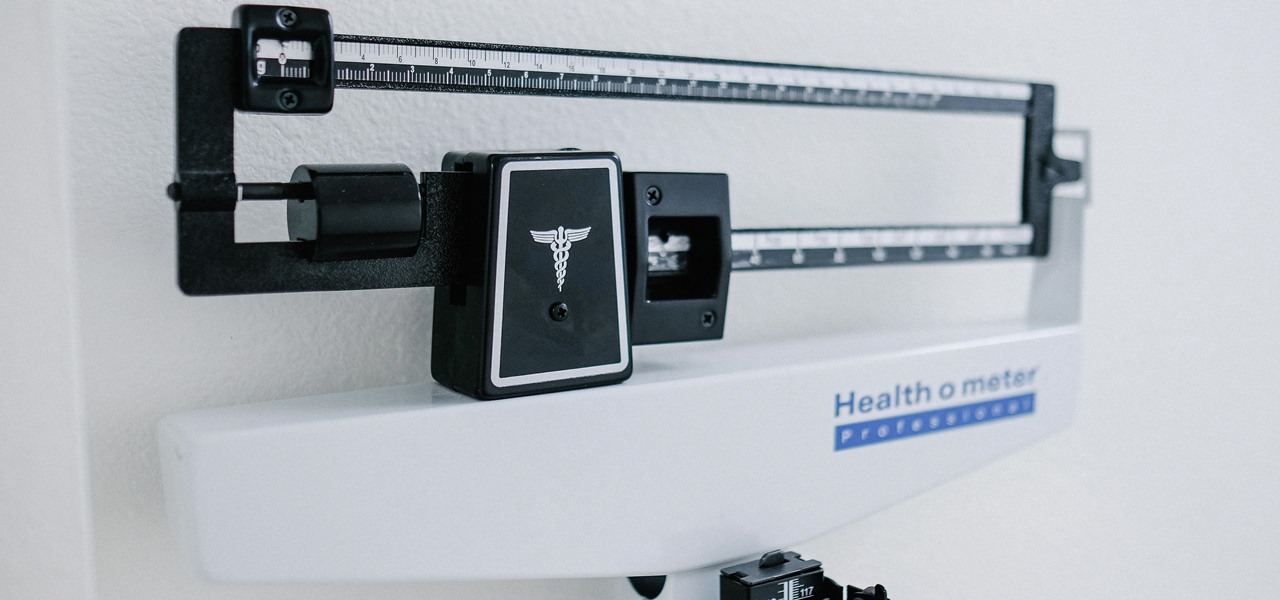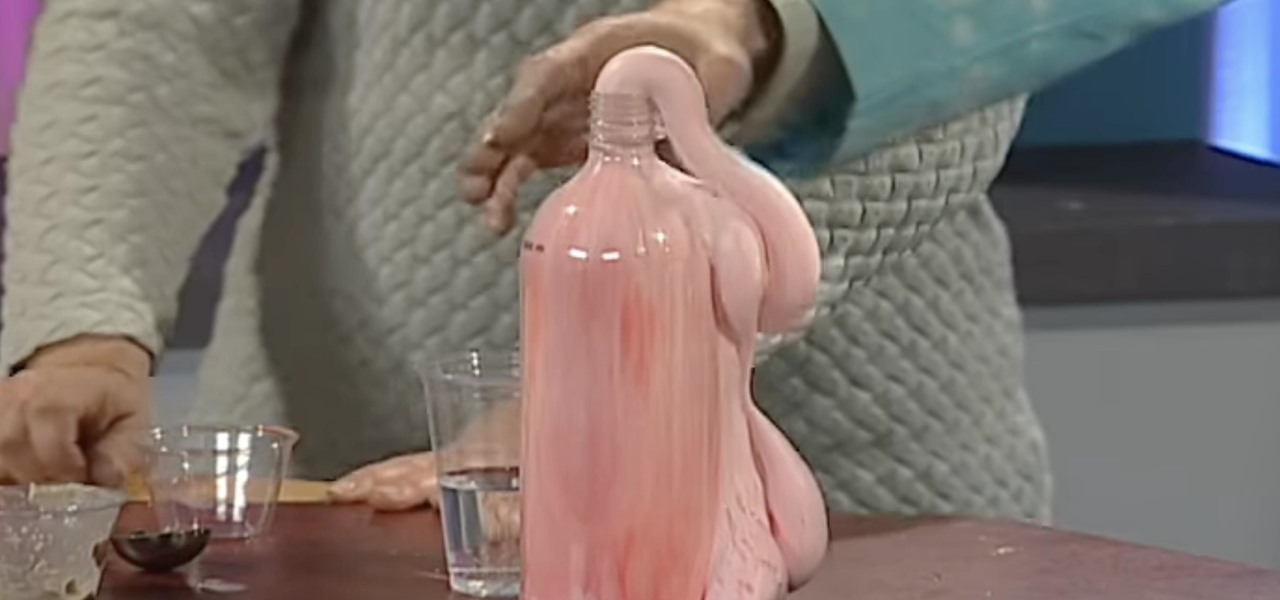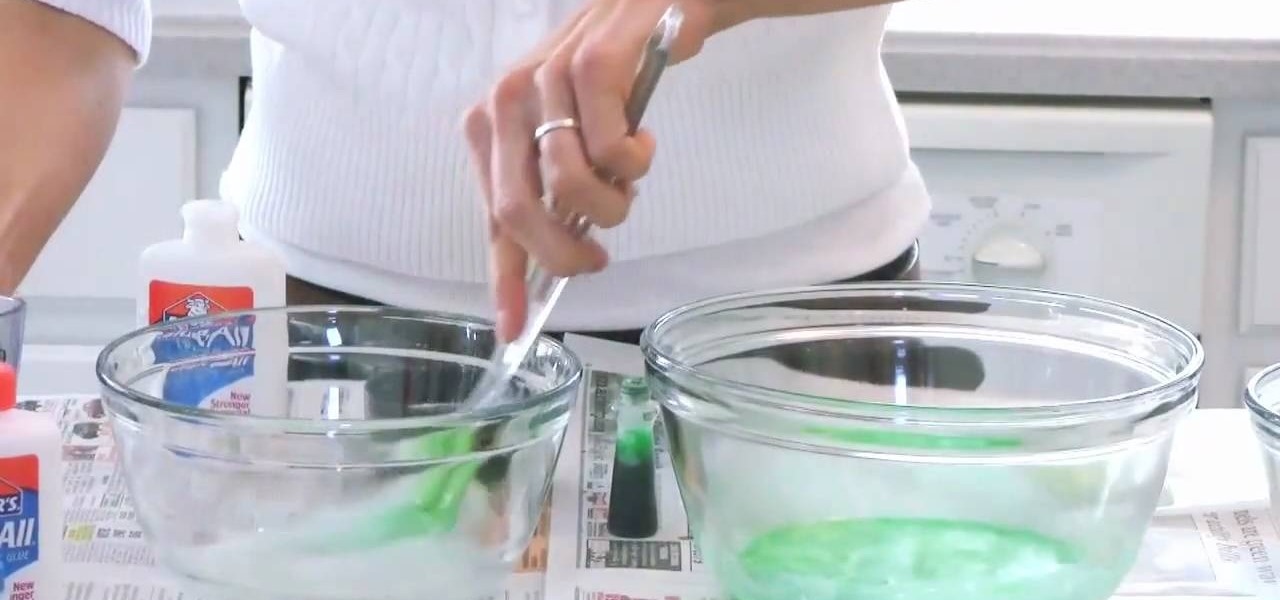Hot Science Experiments Posts


How To: Dissect a cat to see the anatomy
This video tutorial is on the dissection of cat, focusing on the digestive, circulatory, and respiratory systems. You'll see the duodenum, the colons, and even the rectum of these cute little kitties. This anatomical look inside of a cat is a great look at the science of the body.

How To: Dissect a shark and salamander for an anatomy look
This video tutorial will teach you the science of dissection. You'll see how to dissect a small shark and Necturus (a mudpuppy, which is a salamander), with a focus on basic musculature. You learn all you need to know from the outer anatomy of these animals muscles.

How To: Dissect a sheep brain to compare to a human brain
This seven-part video tutorial will take you through the steps necessary to dissecting a sheep brain so we can learn and compare it to a human brain. You'll learn about the different kinds of memory in the brain, and that's not all. So, for this science anatomy of the brain dissection project, go down to the local slaughterhouse and get yourself a brain. Abattoirs are a great place for brains. Dissect a sheep brain to compare to a human brain - Part 1 of 7.

How To: Dissect a frog and look at its anatomy
This video tutorial will show you the steps on how to dissect a frog. First, you'll have to get a frog, then you'll have to make sure it's dead, then perhaps wash it off. Then just take a look at the external anatomy of the amphibian before slicing it open. To slice, you'll need dissection forceps or tweezers and the dissection scissors. From then on, you'll be knee deep in frog anatomy. Tons of internal organs for you to learn from. So, watch this science video for learning about the anatomy...

How To: Tell the difference between a pig's lungs and heart
This video tutorial shows you the insides of a fetal pig. This anatomy lesson will show you the pig's heart, liver, gall bladder, thymus gland, lungs, pericardium, diaphragm, stomach, small intestine, large intestine, ribs, and peritoneum. Science doesn't get any better than dissection. Tell the difference between a pig's lungs and heart.
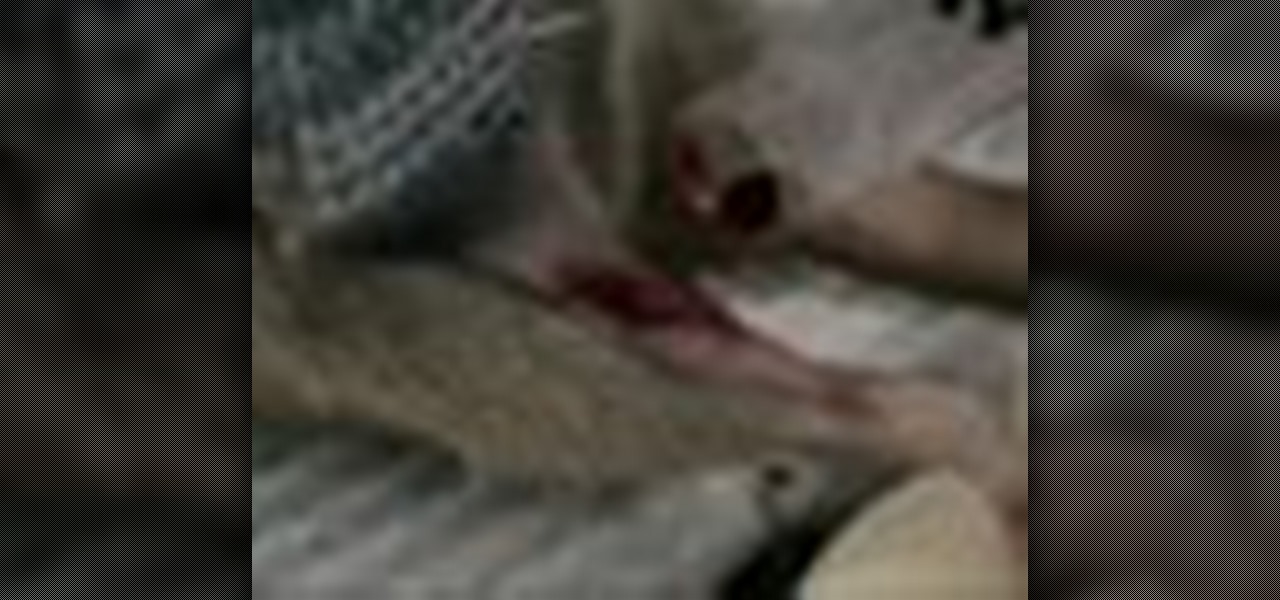
How To: Draw blood from rats with two techniques
This video tutorial will show you the process of drawing blood from rats through the saphenous vein and by cardiac puncture.

How To: Extract white blood cells for experimental use
This video tutorial will show you the Neutrophil Isolation Protocol.

How To: Make water burn
This how to video will show you how to make water burn. All you need is a cup, water, matches and batteries. Try this cool science experiment at home.

How To: Measure temperatures
Learn how to properly measure surface temperature, internal ground temperature and above ground temperature with this science tutorial. This how to video uses three types of thermometers that you will use for this science experiment.
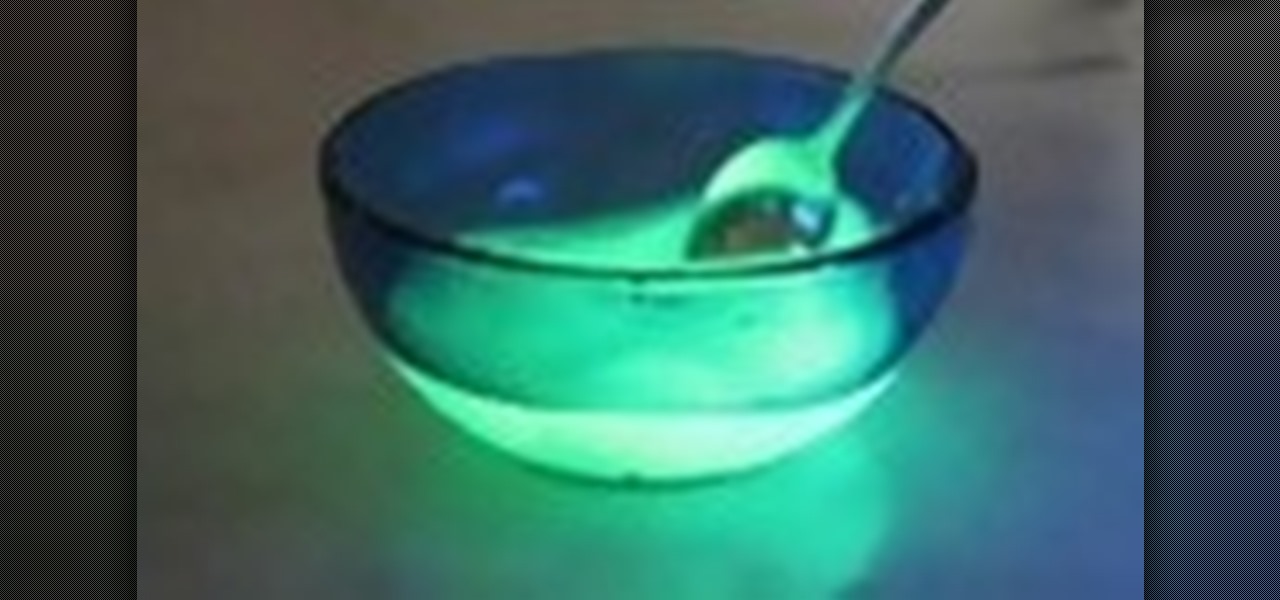
How To: Make glowing water
This video tutorial will show you how to make glowing water. You can use as an ingredient to make other science projects glow in the dark, such as crystals and slime. All you need is a highlighter pen and some water. Check out this how-to video and go make some glowing water.

How To: Make colored patterns in milk
Learn how you can do this beautiful science experiment that your kids will love with this tutorial. All you need for this experiment is two colors of food coloring, milk and dish soap. Follow the steps in this tutorial and you can create crazy, psychedelic designs in milk for hours.
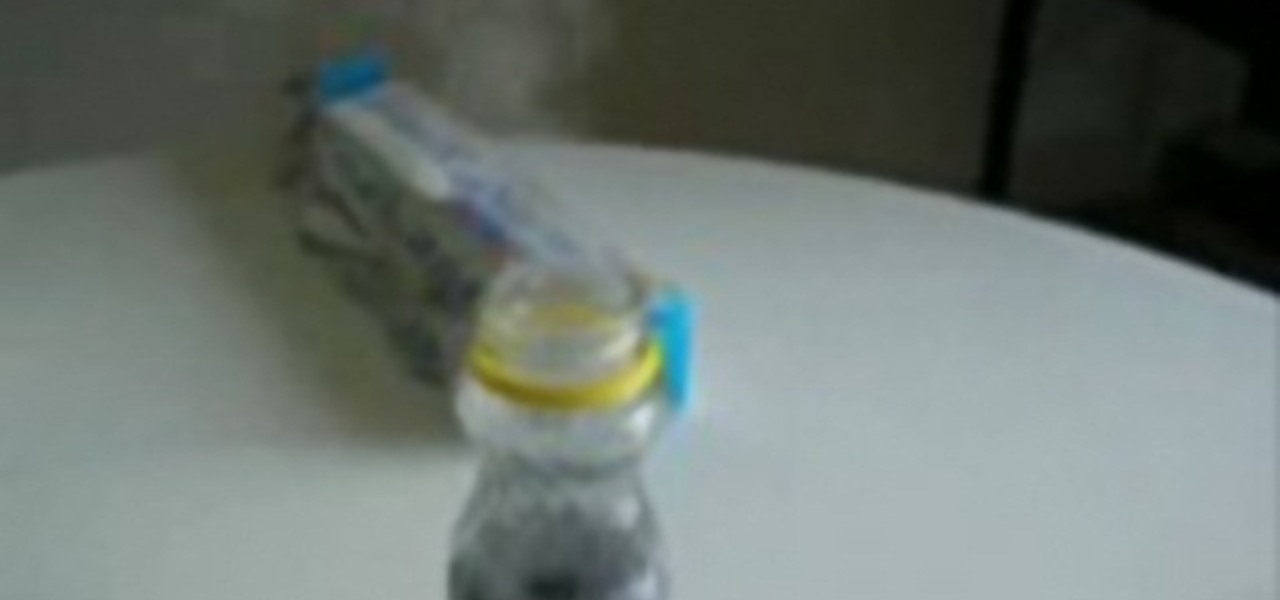
How To: Make instant hydrogen
Making huge amount of hydrogen isn’t as difficult you may think. Just follow the steps to this science tutorial and you will learn how to make instant hydrogen.
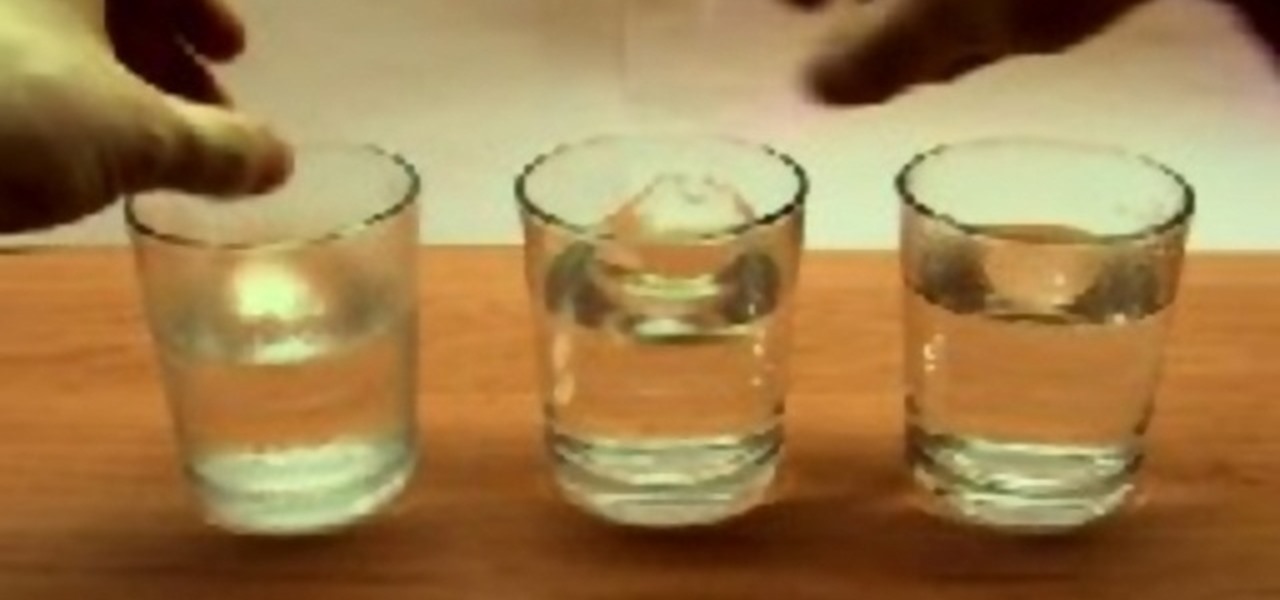
How To: Experiment with fizzy tablets
Have you ever wanted to know what would happen if you threw a fizzy calcium tablet into boiling hot water or ice cold water? Watch this how-to video to see the results!
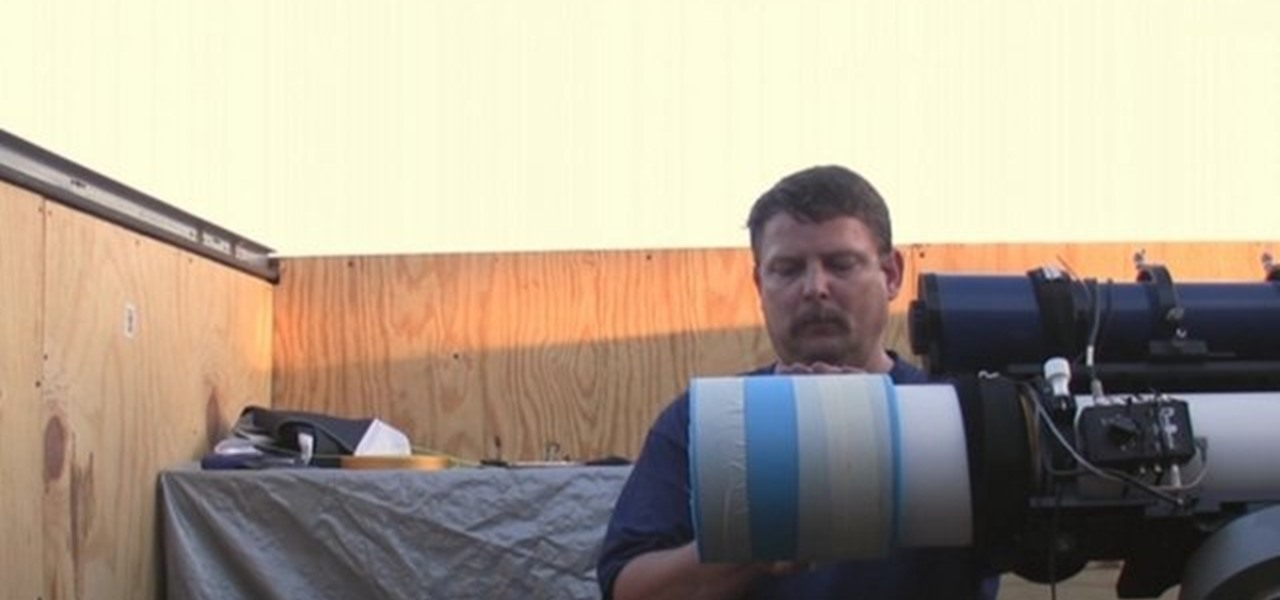
How To: Make a focusing mask for your telescope
Checkout this how-to video to make a simple focusing mask that works great. When not helping you to focus your camera, it also extends your dew shield to keep dew off of your lens.

How To: Make a phylogenetic tree
Check out this how-to video to make a phylogenetic tree that helps you understand how species are related in biology. Discover biology in a digital world.

How To: Understand quantum physics through Lynn Mc Taggert
Check out this video of Lynn Mc Taggert on Quantum Physics. Learn that we are all connected through an energy field--get rid of the idea of separateness which might be causing problems in your life.

How To: Understand mind matter interface
Understand quantum physics and mind matter interface with an explanation from Dean Radin, Ph.D on "The Stupidity Hypothesis." Watch this video on learning how to understand science to improve your life.
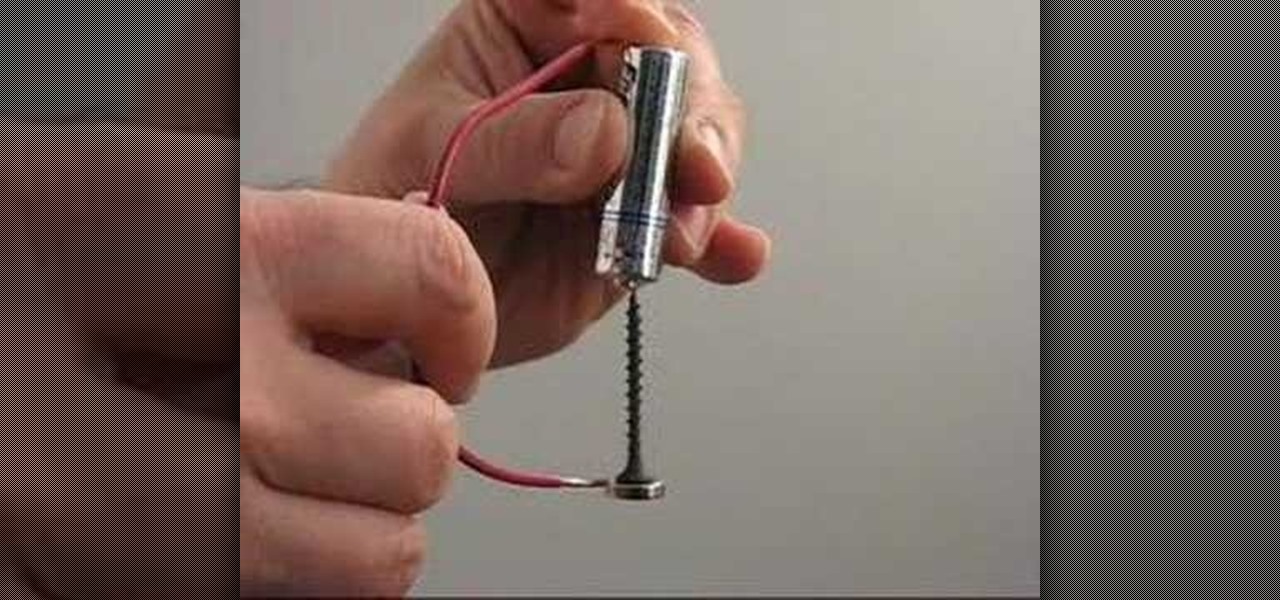
How To: Build a faraday motor
Build a faraday motor with tips from this how-to video. In the early 1800s, physicist Michael Faraday invented the first device to convert electrical energy into mechanical motion. This is an easily built version of his motor. The magnet sets up a magnetic field, and the electrical current through the screw sets up a separate electromagnetic field around the screw. The two fields react and the result is rotation.
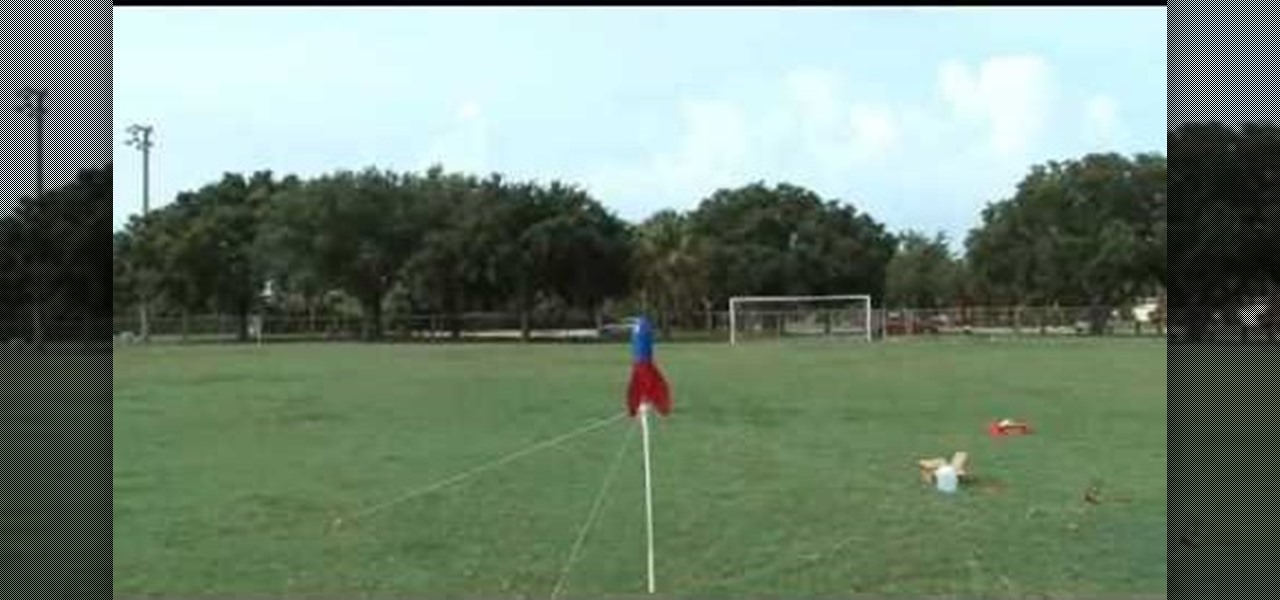
How To: Make a soda bottle rocket
Make a soda bottle rocket with tips from this how-to video from Make Magazine. This is a fun weekend project. Visit your local home improvement store to find all the parts you need to make your soda bottle rocket.

How To: Make and play with a non-newtonian fluid
This video is a tutorial on how to make a shear thickening fluid, also known as a non-Newtonian and dilatant fluid. The mixture is made out of cornstarch and water. Slowly add cornstarch to your water and stir.

How To: Make ozone
Make ozone with tips from this how-to video. (You probably don't really want to intentionally make ozone--it's more of a mistake or byproduct). It can't hurt to know how it's made, nevertheless. Make ozone.
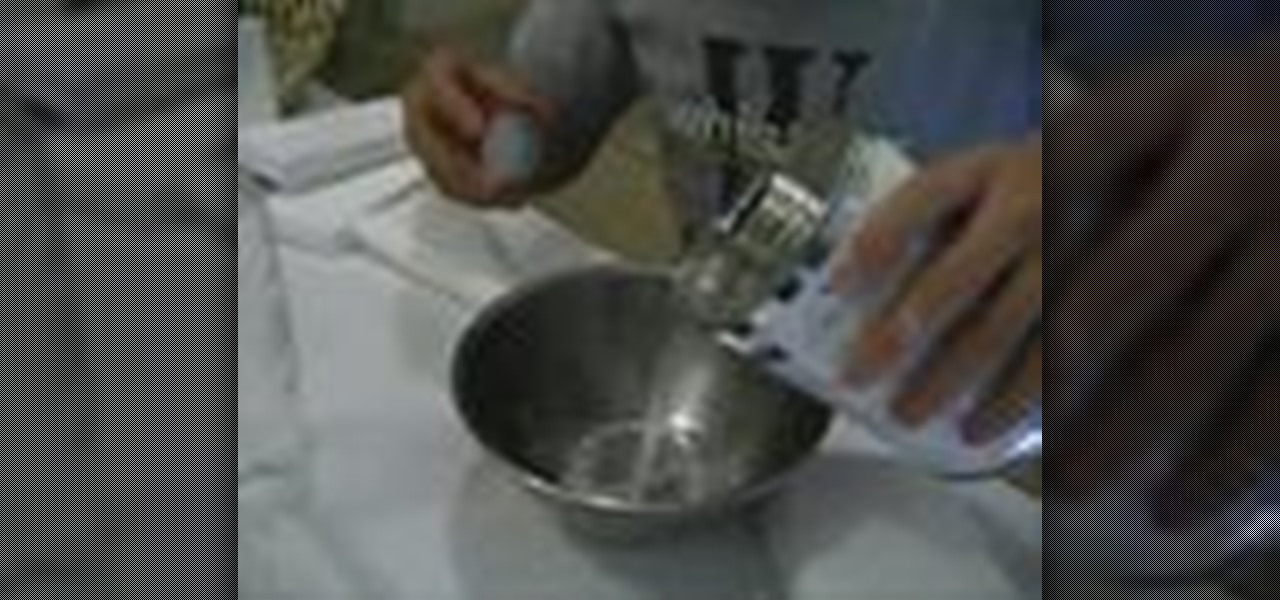
How To: Dissolve styrofoam with acetone
Dissolve styrofoam with acetone using tips from this how-to video. Acetone breaks the structure of polystyrene in its expanded form, styrofoam. The 'foam' bit goes away. In other words, acetone "dissolves" polystyrene.

How To: Create a homemade lava lamp
Create a homemade lava lamp with tips from this how-to video. First, put vegetable oil inside a bottle. Do it over the sink. Use 3/4 of the bottle. Watch this instructional video for more steps.

How To: Conduct a floating cans experiment
Conduct a floating cans experiment with tips on how to do this amazing science experiment. Make sure to fill up your bath to see if pop and energy drinks can float. Enjoy this how-to video.

How To: Measure the speed of light with a chocolate bar
All waves in the electromagnetic spectrum (light, x-rays, radio waves, microwaves, etc.) travel at the speed of light c=299,792,458 m/s. For any wave, the wavelength times the frequency yields the speed:

How To: Use water as a magnifying glass
Learn how to turn a safety pin and water into a magnifying glass. Save money on glasses and commercial magnifiers with this trick.

How To: Perform the underwater candle experiment
In this science experiment tutorial learn how to get a candle to burn underwater. Impress your friends with this amazing trick.

How To: Use a compound light microscope
This how to video shows how to use a compound light microscope. This science tutorial also reviews the different parts of the microscope.

How To: Use a thermometer to determine temperature
In this science tutorial learn how to measure temperature using a thermometer. This how to video goes over Celsius and Fahrenheit measurements.

How To: Measure mass with a triple beam balance
Mass is the measure of the quantity of matter. In this science tutorial learn how to use a triple beam balance to measure mass.

How To: Measure using a metric ruler
This tutorial shows you how to measure segments using a metric ruler. This tutorial shows measurements in millimeters and centimeters.

How To: Use a microscope
This how to video explains the parts and how to focus a microscope. This tutorial also shows how to properly carry and care for your microscope.
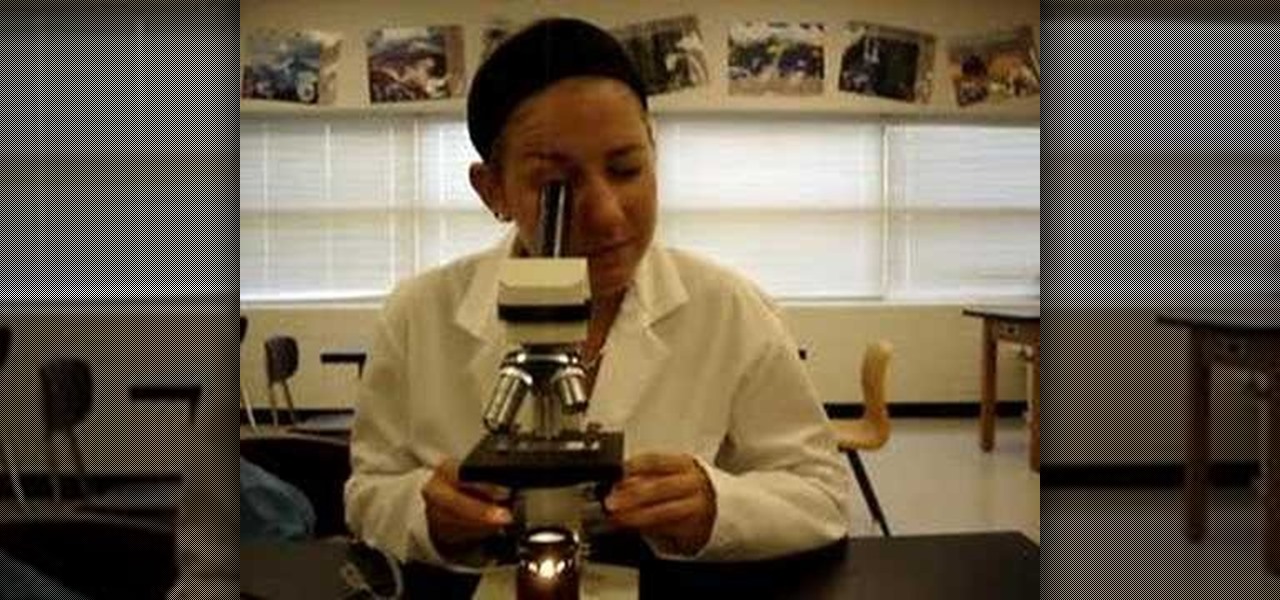
How To: Correctly use a microscope
In order to teach 7th graders how to act while in the science lab, this 7th grade teacher made her own instructional videos on how to use equipment and act in class. Check out this how to video on the right and wrong ways to operate a microscope.
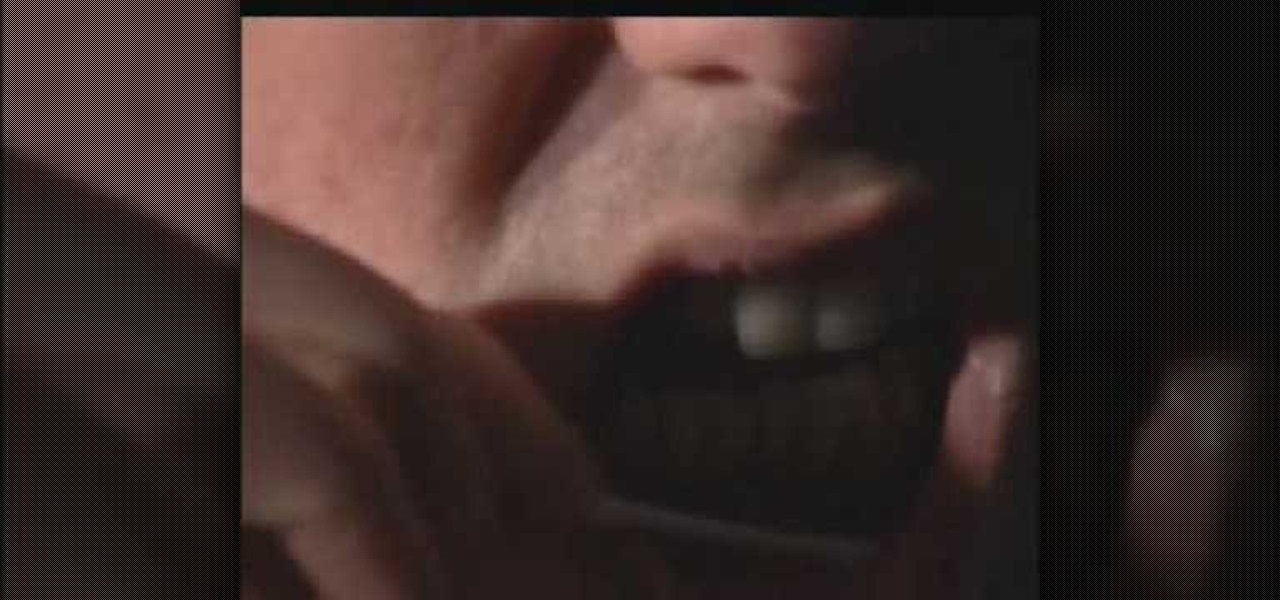
How To: Prepare animal and plant cells slides
When using a light microscope you need a very thin layer of cells on your slide. This how to video is a simple demonstration how to prepare onion cell Slides and human cheek cell slides.
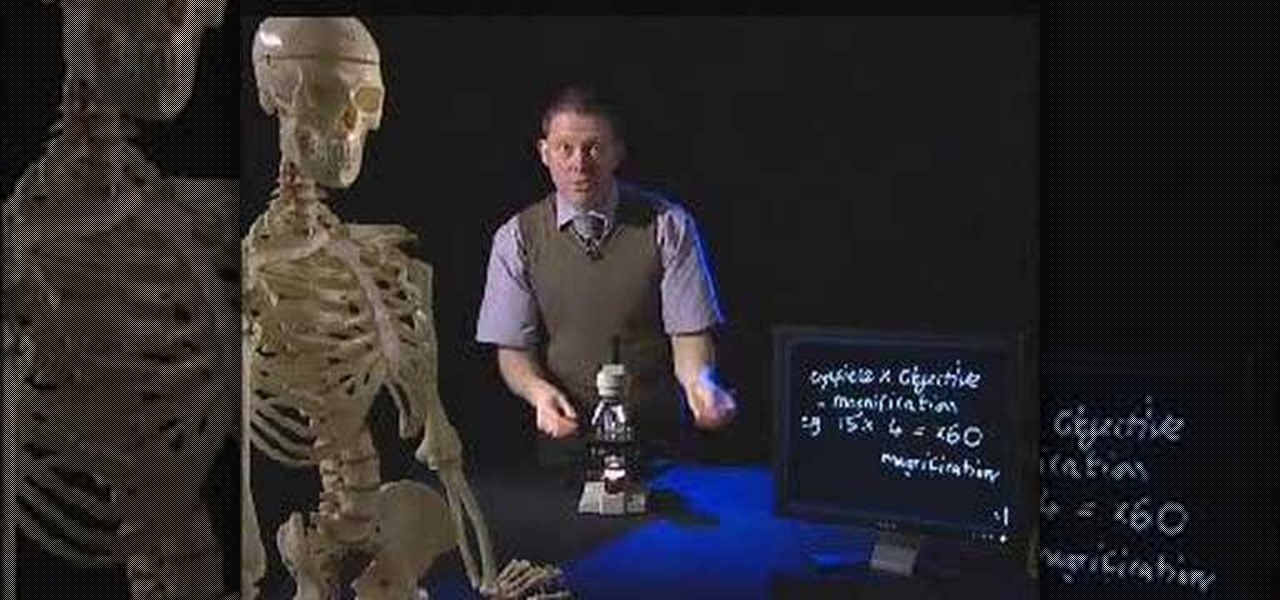
How To: Focus a light microscope
This how to video teaches you to use a light microscope. This simple demonstration shows how to focus a light microscope and how to work out magnification.

How To: Make an easter egg glow
In this how to video we show you how to make a common easter egg glow with a very simple process. You will need:

How To: Make a wind detector
Want to know from which side the wind is blowing? Learn how to make a wind detector with this video tutorial.

How To: Transfer sound over a laser light
Check out this low cost project. This video will show you how to transfer sound over light! Yes, this is possible. You'll transfer a sound with a distance of 5 meters, but you may experiment on greater distances if you'd like. You'll need a laser (or an LED) for this audio project, one Opto transistor (or resistor), one 3-volt battery, two mono audio jacks, and some alligator clips. Just watch this cool electronic audio experiment and try it out yourself.

How To: Create pneumatic power with a hand air pump
Check out this video to see how to make pneumatic power with stuff from your dumpster. Take one empty Tekapur (polyurethane foam) spray can, and one hand air pump, and watch the instructions. Soon, with a wee buit of time and effort, you'll have some cool pneumatic power at your fingertips.
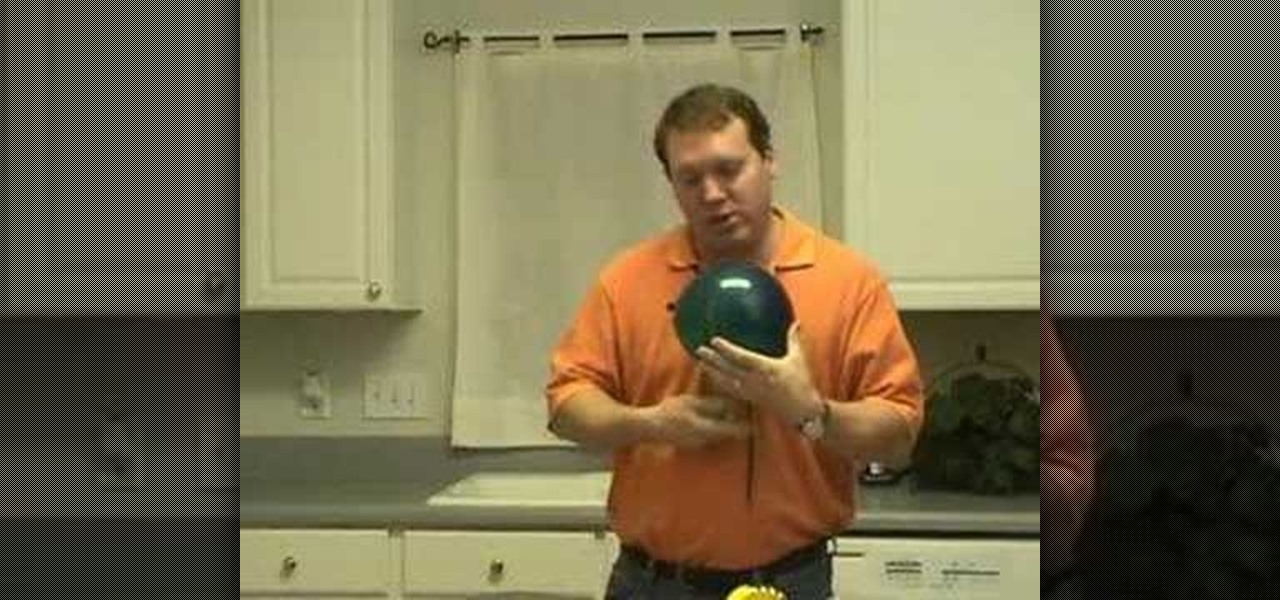
How To: Measure reaction time, lung capacity & jump height
This video shows how scientists use creativity to measure non-obvious things like reaction time, lung capacity and jump height.



